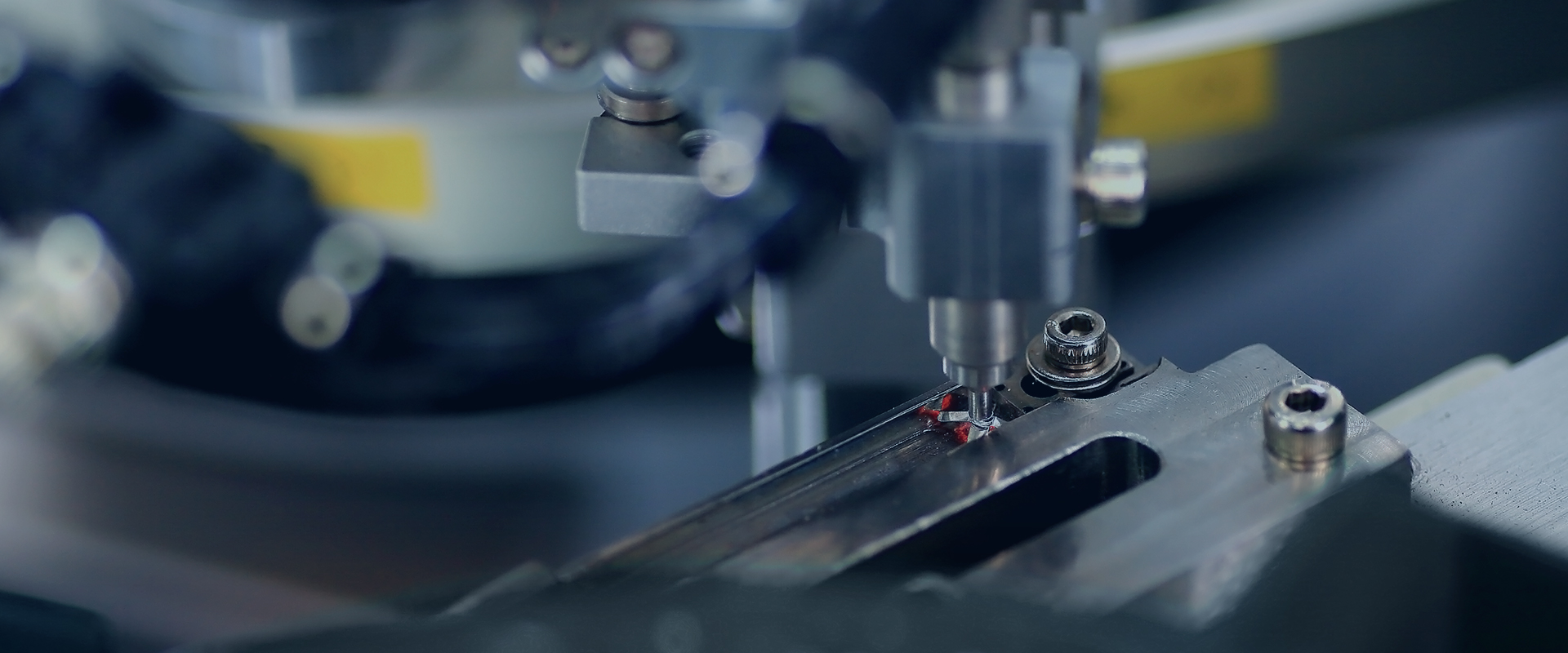Electric motors are integral components in a wide range of industrial, commercial, and household equipment. While they are designed for efficiency and reliability, they are also vulnerable to overheating—a condition that can lead to severe damage or even complete failure. That’s where thermal protection comes in.
Understanding Motor Overheating
Overheating in electric motors is typically caused by factors such as:
Overloading or excessive mechanical load
Frequent starts and stops
Blocked ventilation or poor cooling
High ambient temperatures
Electrical faults like phase loss or unbalanced voltage
If these conditions persist, they can cause the motor winding insulation to deteriorate, leading to short circuits, reduced efficiency, or permanent failure. Therefore, implementing a method to monitor and control motor temperature is critical.
What is Thermal Protection?
Thermal protection refers to any built-in or external device designed to prevent a motor from overheating. These protective mechanisms detect excessive temperature within the motor and either alert the system or automatically disconnect power to prevent damage.
The main objective of thermal protection is to:
Prevent insulation damage due to excessive heat
Extend motor lifespan
Minimize downtime and maintenance costs
Enhance overall safety
Types of Thermal Protection for Motors
There are several types of thermal protection systems used in motors, depending on the application, motor type, and protection class.
1. Embedded Thermal Protectors (Thermal Switches)
These are small devices installed directly inside the motor windings. They measure the temperature of the winding and open or close their contact based on preset temperature limits. Once the temperature crosses a safe threshold, the protector interrupts the motor’s power circuit.
Common types:
Bimetallic thermal protectors
Thermistors (PTC or NTC sensors)
Thermostats
Advantages:
Fast and accurate response
Direct measurement of winding temperature
Simple and cost-effective
2. External Thermal Overload Relays
Overload relays are commonly used in motor starters and control panels. They detect excessive current flow (which typically leads to overheating) and trip the circuit after a time delay.
Advantages:
Adjustable trip settings
Can protect against prolonged overloads
Often includes manual reset options
Limitation:
They don’t measure actual motor temperature, only current
3. Temperature Sensors & RTDs
In more advanced motor systems, temperature sensors such as Resistance Temperature Detectors (RTDs) or Thermocouples are embedded in the stator windings or bearings. These provide continuous feedback to a motor protection controller or monitoring system.
Advantages:
High accuracy
Can be used for predictive maintenance
Suitable for large or critical motors
How Thermal Protection Works
Here’s a simplified overview of the thermal protection process:
Monitoring: A thermal protector (sensor or switch) constantly monitors the temperature of the motor winding or casing.
Triggering: When the temperature exceeds a preset safe limit, the protector is triggered.
Disconnection: The power supply to the motor is cut off or the control system issues a warning or alarm.
Reset: Some thermal protectors reset automatically when the motor cools down, while others require manual reset for safety.
Importance of Thermal Protection
1. Motor Safety
The most immediate benefit is the prevention of motor burn-out. Once the insulation is damaged due to heat, the motor may require rewinding or total replacement. Thermal protection acts as a safeguard against such costly damage.
2. System Reliability
Motor failures in industrial or commercial setups can lead to production halts and financial loss. Reliable thermal protection increases operational uptime and reduces unplanned maintenance.
3. Energy Efficiency
Overheating often leads to reduced motor efficiency and higher energy consumption. By keeping the motor within optimal temperature ranges, thermal protection helps maintain energy efficiency.
4. Regulatory Compliance
In some regions and industries, thermal protection is mandated by safety standards and regulations. Ensuring that motors are thermally protected may be necessary to meet these compliance requirements.
Applications Across Industries
Thermal protection is critical in various industries and applications such as:
HVAC systems
Water pumps
Industrial fans
Electric vehicles
Household appliances
Power tools
Elevators and escalators
For example, in HVAC compressors, thermal protectors are essential to prevent motor burnout during continuous operation. Similarly, in electric vehicles, thermal sensors ensure motors don’t overheat during high-speed driving or uphill climbing.
Choosing the Right Thermal Protection
When selecting a thermal protection system for a motor, consider the following:
Motor size and power rating
Duty cycle and operating environment
Mounting space for sensors or switches
Required accuracy and response time
Compliance with standards (UL, IEC, etc.)
For high-reliability applications, it is recommended to use a combination of current-based overload relays and embedded temperature sensors to provide layered protection.
Thermal protection on a motor is not just a useful feature—it’s a vital safety mechanism. As motors continue to power everything from small home appliances to massive industrial machines, protecting them from the damaging effects of heat is essential. Whether through simple thermal switches or advanced sensor systems, thermal protection ensures that motors operate safely, efficiently, and for a long service life.













 中文
中文 English
English Deutsch
Deutsch Italiano
Italiano 한국어
한국어 にほんご
にほんご


